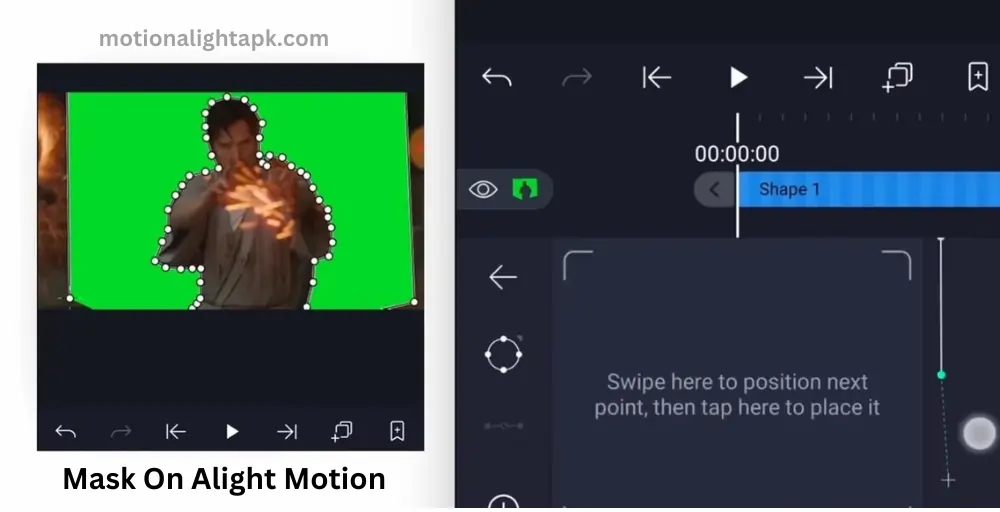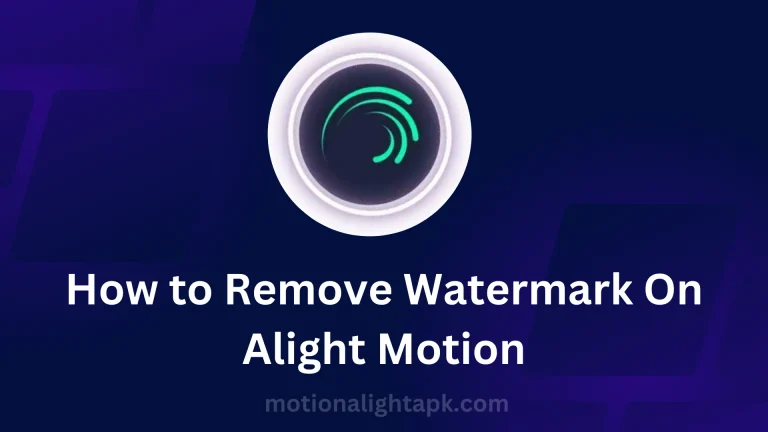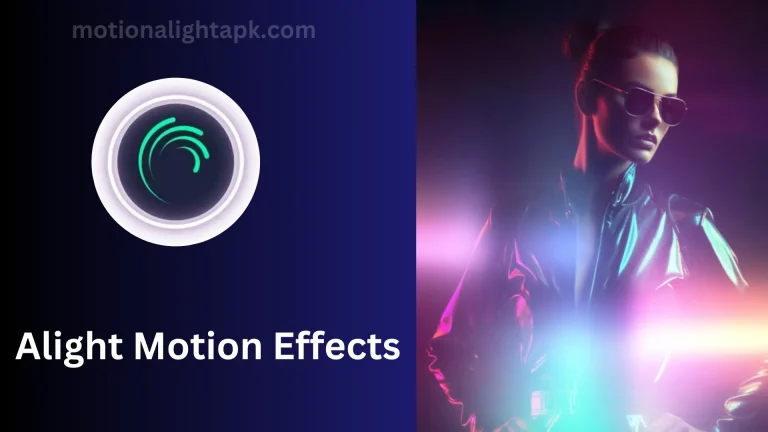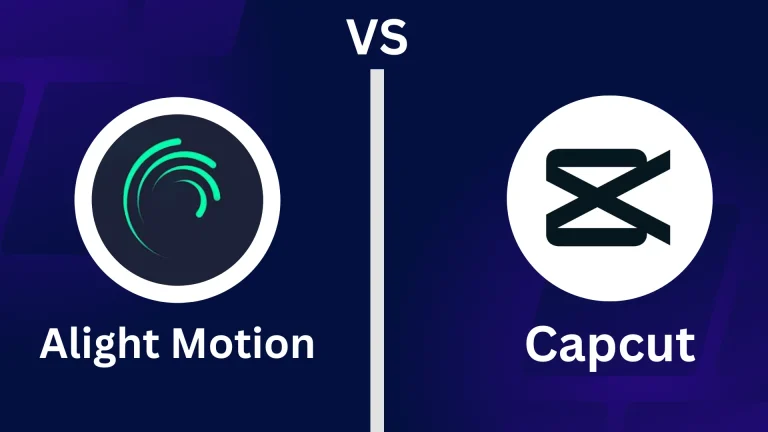How to Mask On Alight Motion | Guide to Use Masking Feature
In the world of digital content creation, Alight Motion plays an important role for those who want to create stunning visual content. It offers multiple tools for video editing enthusiasts. One of its most amazing features is called masking. It allows the users to control which parts of the video are visible specifically.
By using the masking feature on Alight Motion you take your creations to a pro-level, no matter whether you are a newbie or an expert in video editing. Nowadays, masking is used in all modern video editing. It has high demand and popularity. That’s why many editors use this feature. You can easily download the Alight Motion Premium APK from our website.

All video editors mostly use Alight Motion due to its masking feature which allows users to copy, cut, duplicate, and hide any particular part of the video. In this article, we will discuss the complications of masking on Alight Motion and provide you guidance to use this tool effectively.
What is the Masking Feature?
Before moving on to practical aspects we understand the concept of masking. Alight Motion’s masking feature lets you control a layer’s visibility by hiding or showing a specific part. By using this feature you can paint one part of the video and leave the other part unpainted, like applying a stencil to your video.
Basic Masking Technique
Advanced Masking Techniques
How to use the Mask Feature in Alight Motion?
I will provide you with complete guidance on how you can use the masking feature in Alight Motion on your mobile phone and PC. This feature gives you access to hide or reveal any specific part of a layer and complete control over your animation. Here is a step-by-step guide to using the masking feature in Alight Motion:
Access the Masking Tool
After selecting your layer, go to the toolbar or menu options, depending on the device, and find the masking tool. In the majority of Alight Motion versions, you will find it as an icon that looks like a square with a circle inside, showing the mask feature.
Create a New Mask
Create a new mask layer linked to your selected footage by clicking on the masking tool. It will cover a mask shape over your layer, firstly covering the whole area.
Adjust the Mask Shape
By selecting a layer mask, you can change the shape, size, and position of the mask to determine which parts of the layer are visible. Alight Motion has a variety of hidden tools, including square, circular, and seamless shapes. Each tool is used for different masking needs.
- Rectangular Mask: Select a rectangular area in your video by clicking and dragging.
- Circular Mask: Drag to adjust the circular mask’s radius and location.
- Freeform Mask: Use the pen tool to draw custom shapes directly onto your footage.
Refine Mask Parameters
You can further refine its parameters to achieve the desired effect after creating the mask shape. Alight Motion gives you options to alter the feather and opacity of the mask.
- Feather: As the feather value is raised, the edges of the mask become softer, resulting in smoother transitions between masked and unmasked areas.
- Opacity: Adjusting the opacity will make the masked area more visible in your composition.
Animate the Mask
The mask can be animated over time with keyframes to add dynamic effects to your composition. Keyframes can be placed at different points on your timeline, and the mask’s shape, position, feather, and opacity can be changed accordingly. It allows you to make impacts like uncovering stowed-away components, reproducing camera developments, or covering objects moving.
Preview and Fine-Tune
After applying the mask to your layer and making any essential adjustments, preview your composition in order to see how the mask affects the visibility of the layer. Adjust the mask parameter until you get the desired results.
Save and Export
You should finally save and export your project in the format you desire after you are satisfied with your work. With Alight Motion, you can share your creations in video, animated GIF, and image formats.
Follow the steps above to take advantage of the hidden features of Alight Motion to enhance your video editing projects.
Pros and Cons of Masking
Pros
Cons
FAQs
Conclusion
The purpose of this article is to provide all the information about using the masking feature in Alight Motion. I am fully confident, after reading this article, that you can easily apply the mask to any video using Alight Motion. You can control visibility, add dynamic effects, and enhance the visual appeal of your composition by effectively using masking techniques.



![How to do Transitions on Alight Motion [Comprehensive Guide] 4 How to do Transitions on Alight Motion](https://motionalightapk.com/wp-content/uploads/2024/04/transitions-Alight-Motion-768x432.webp)


